“Its a big aircraft… Its a very big aircraft. What kind of gear are you going to bring?” Was the question posed to me when I accepted this gig. For some background, the C-5 Galaxy measures 247 feet long from the nose to the tail and the wingspan is 223 feet. Every job I try and envision specific shots I might want before leaving, so right before this trip, I did some quick calculations on angles and how wide a lens I would have to use while standing at the top of the tail (~120 feet up) to get the entirety of this aircraft in a frame on the 1.3 crop factor Canon 1D. I was not sure that I would be able to get Lockheed to let me climb up and stand on the top of the rear tail of their $269 Million aircraft, but I’d give it a try.
Unfortunately, after running the numbers, I realized that the 16-35mm f/2.8 L II USM lens I had would not do the trick and I was worried about the softness in the corners on that lens. “Well, I’ll just mosaic the images” I thought, but sometimes that can get tricky when you are mosaicing images that are taken with lenses that wide and the environment that these images would be made in might have complicated things even more (open hangar doors and such). Nope, the only way this job was going to get done was going to be with a different lens. I’d been itching to try out a fisheye lens for a while and perhaps it was foolhardy to try a new lens out on an out of town job with very little room for error, but that was the only way that this assignment was going to get done. So, off I ran to Pictureline to pick up a Canon EF 15mm f/2.8 fisheye lens just before getting on the plane to head off to Atlanta.
The trip destination was Marietta, Georgia to visit Lockheed Martin‘s plant where Lockheed Martin is running the venerable C-5 Galaxy through a new repair and refurbishment program. Like a shocking number of aircraft in US service, the C-5 airframes are a 40 year old platform design, but while the C-5 first entered service back in 1970, the average age of the current C-5 aircraft undergoing modernization to the C-5M designation are considerably younger, in the ballpark of 23 years old with lots of life left in the airframe.
I had walked through the cargo area of a C-5 Galaxy some 30 years ago with my father down at Carswell AFB at one of the air shows there. I remember being absolutely amazed at how big this aircraft was and wondering how it actually got up in the air. Walking up to these planes I found it interesting to think that I could have been walking through one of the very same aircraft here in Marietta that I walked through 30 years ago. Back then in 1980, the C-5 Galaxy was the largest operational aircraft in the world until the Russian An-124 entered service in the early 80’s. There is one An-225 that is operational and is considerably larger than the An-124, the new Airbus A380, the new Boeing 747 cargo freighter and the C-5 Galaxy, but it could be argued that the C-5 is the worlds largest operational strategic lifter.
Outside the hangars at Dobbins Air Reserve Base, is the original test article designed and built to examine how parts fit together and how those parts stand up to stress on the airframe. It is sitting out in the weather, almost as an afterthought to the program, but it makes for an impressive structure and gave me some idea for how tall the tail would be that we’d be climbing up to get photographs of the aircraft from up high.
Walking up to the C-5 sitting in one of the hangars at the Marietta plane, you realize how big this aircraft is. The C-130 sitting in front of the C-5 in the massive Lockheed Martin hangar is representative of the more recent cargo aircraft I’ve flown in and are considerably smaller than the C-5. In fact, if you look at the numbers, a C-130 fuselage, itself capable of fitting quite a bit of cargo, would fit comfortably inside the C-5 Galaxy and was actually done back in 2008.
The hangar I was walking up to was built here in Marietta in response to a 2000 Air Force study that indicated a need for an aircraft the size of the C-5. At the time, the C-5 was becoming increasingly unreliable and the avionics package in the aircraft at the time meant that the C-5 would have difficulties navigating in modern air traffic systems being implemented by the UN. More modern strategic cargo aircraft such as the C-17 were over budget and could not carry the size or weights of cargo that the US military foresaw as necessary to maintain strategic transport needs in the near future. It was also seen as financially more responsible to refurbish the C-5 at a cost of $150 million compared to $250 million for a new, smaller C-17.
The first thing that struck me upon entering was that the hangar where much of the work is done is almost operating room clean. Floors and workspaces sparkle, gantries and walkways make accessing all parts of the aircraft easy and safe, minimizing the risk of injuries due to falls that previous work on such large aircraft required. Additionally, ventilation for compartments within the aircraft was carefully controlled making the work environment here much more pleasant, particularly considering the heat and humidity that can hit Georgia in the high summer months.
It was estimated that most C-5 airframes have over 80% lifespan left in them and it made more financial and strategic sense to refurbish these aircraft than to either do without or build a new aircraft capable of the same roles. Therefore, the C-5 modernization program was instigated to rejuvenate the aircraft, extending its life through 2040. This program was desperately needed as the C-5 has more than twice the cargo carrying capacity of other strategic aircraft and it is the only aircraft certified to carry all DOD designated air-transportable cargo.
The modernization occurs in two phases. Phase one upgrades the avionics under the Avionics Modernization Program (AMP) and phase two is the Reliability Enhancement and Re-engining Program (RERP).
The RERP gives the C-5 brand new GE CF6 engines that are proven workhorses in commercial aircraft such as the Boeing 767 and 747. New engine pylons, auxiliary power units, power and hydraulic upgrades are part of this program as well. The new engines provide a 22% increase in thrust over the previous engines giving the C-5 a 30% shorter takeoff distance, a 58% faster climb rate while carrying 380 tons up to 520 miles per hour, an important consideration in tactical environments. The engines are also 10 times more reliable and far more efficient and quiet than the previous engines, achieving stage 4 compliance. The engines also allow the C-5 to cruise 38% higher than the unmodified aircraft and carry 120,000 lbs of cargo over 5,250 miles giving access to the Middle East without having to stop and refuel enroute.
Additionally, there are over 70 other enhancements to major components and systems on board the aircraft that improve reliability and ease maintenance.
There are 28 wheels on the C-5 undercarriage to support not only its more than 380 ton weight, but also the up to 135 tons of cargo that the aircraft can carry. The landing gears are truly massive and they need to be with a gross takeoff weight of 840,000 lbs.
As part of the AMP, the cockpit is upgraded with a new digital cockpit with modern flight control systems and autopilot that works in all weather. Additionally, flat panel displays replace many traditional gauges making management and navigation easier and safer for the flight crews.
Looking at these big aircraft from below, you really do not get the sense of how graceful the aircraft is. From some angles, there are almost sensual lines where the upper deck of the fuselage meets the main cargo deck. If I had more time, it would have been interesting to explore the play of light across the fuselage of the aircraft in different lighting conditions.
The efforts that Lockheed Martin goes to in refurbishing these aircraft are considerable. Many parts are deemed not worthy of refurbishing and are replaced as needed by talented Lockheed Martin mechanics.
The C-5M carries 332,500 lbs of fuel. Its hard to get an appreciation for how much that is, so I had actually crawled up inside the fuel tanks on one of the aircraft to get a feel for the kind of space that 332,500 lbs of fuel takes up. After years of working on automobiles and pulling my fair share of fuel tanks, I was expecting to have to wear a respirator inside. However, I was told that I’d be just fine. “Whatever” was my thought as I crawled up the ladder, holding my breath while wiggling through the tiny access hole in the bottom of the wing. Upon entering, I cautiously drew a small breath and was surprised to breathe fresh air. “Hello” came a voice from behind me and I turned to find two Lockheed Martin employees working inside.
There are miles of cable and wires inside this aircraft. Col. Gibson told me how many at one point, but somehow I missed that number in my notes. I remember it being a large number which inspired this image as every last millimeter of those miles of wire were either replaced or inspected.
This image actually does not do justice to how big a space this actually is. The cargo hold of a C-5 Galaxy can swallow 6 AH-64 Apache helicopters or 2 M1A1 main battle tanks or 6 Stryker vehicles that can be driven on and off through cargo doors at the front and rear of the aircraft. I’d heard it before, but it was also pointed out to me that the length of the cargo area is longer that the first flight of the Wright Brothers Flyer in 1903. On top of the cargo area there is another area that seats up to 73 passengers quite comfortably with more standup and walk around room than most business class cabins on commercial airliners.
Much has been made about wasteful Pentagon spending, and I’ve seen my share, but programs like this are some of the best investments this nation can make. This program, like many of the repair and equipment refurbishment programs pays for itself through reductions in maintenance costs and certainly fuel consumption through the more efficient engines. Furthermore, it uses a tried and true platform with excellent engineering that continues the initial return on investment. There are absolutely times when new platforms are not only preferred, but are required, but there are many more platforms that already exist that should see their lifespans extended. I’d like to see more programs like this that prolong existing platforms that were made years ago substantially cheaper than we could duplicate them for today.
I’d like to thank Lockheed Martin, the Air Force, John Rossino who is Lockheed’s own amazing photographer and Col. Gibson who does one helluva good Elvis impersonation for helping to make this visit possible. They went above and beyond to help me out on this and also took me to Old South BBQ for a screamin’ good lunch.
Content in this entry has appeared in the following publications:
Combat Aircraft: New Life in the Galaxy
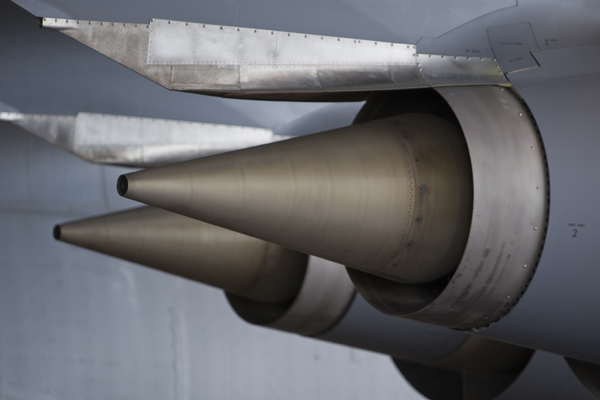
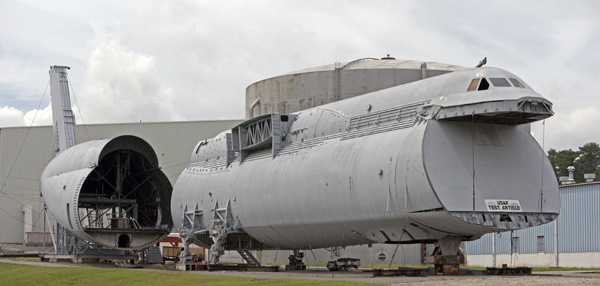
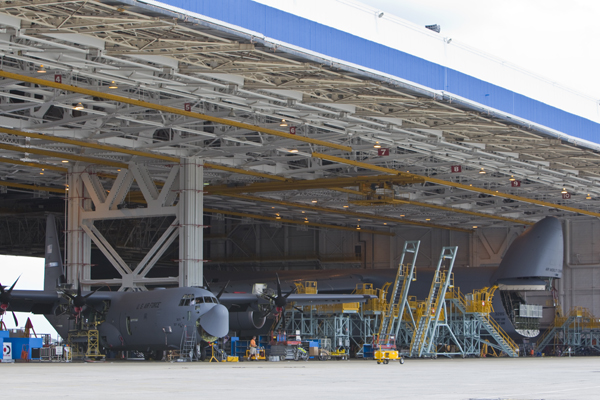
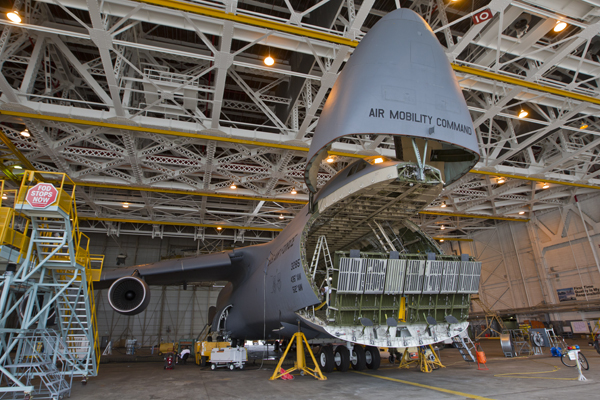
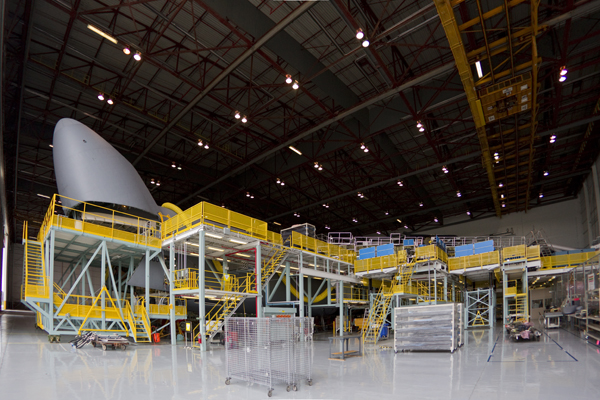

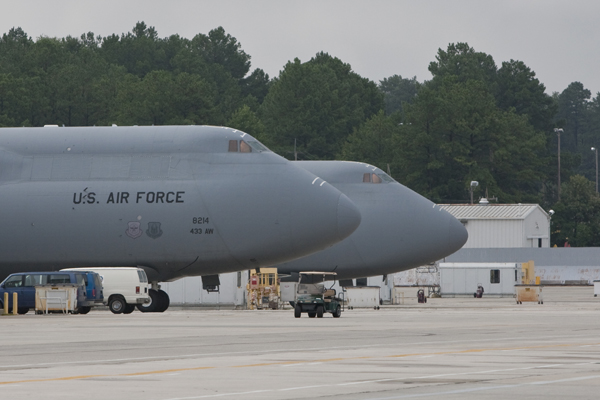

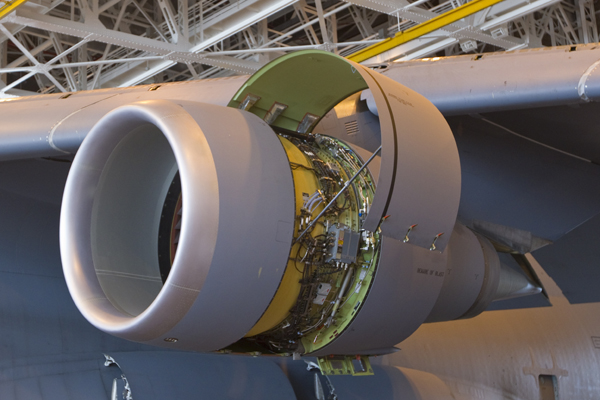
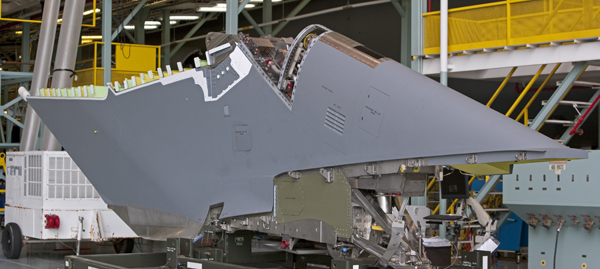
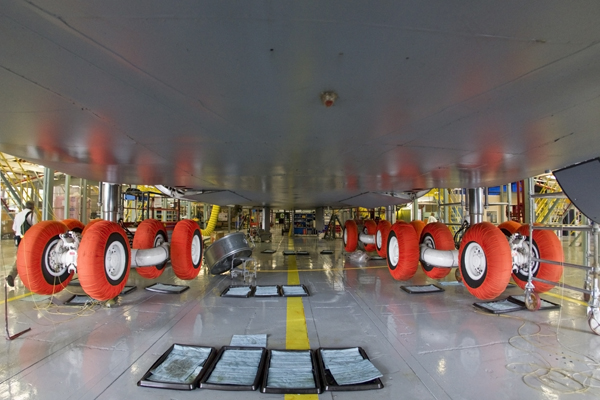
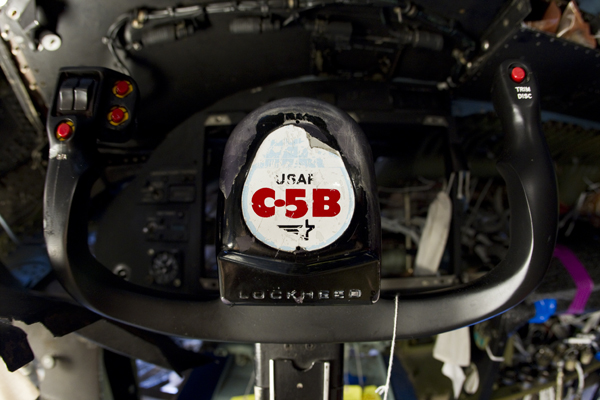
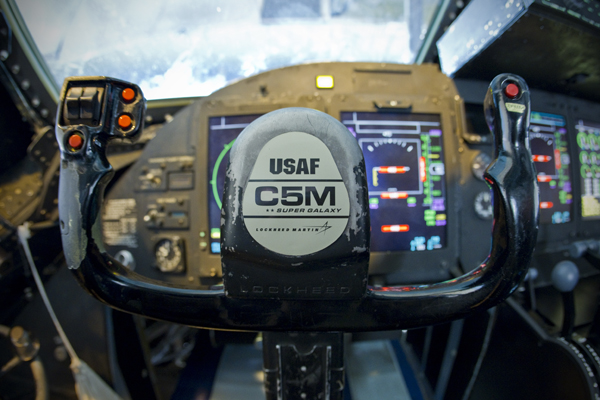
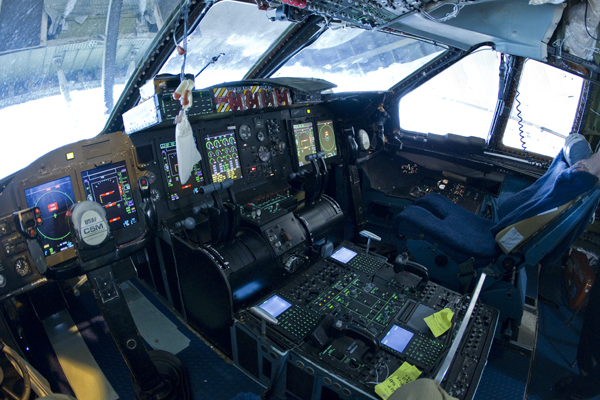
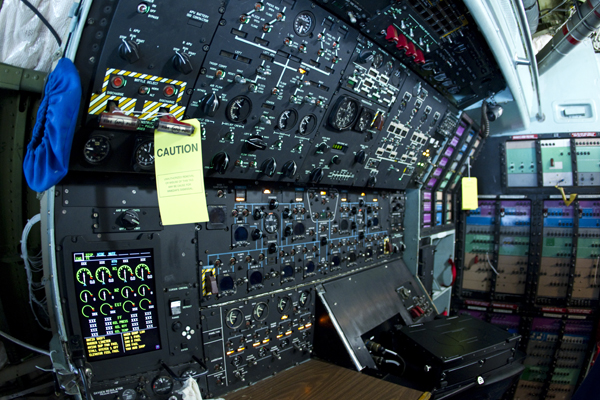
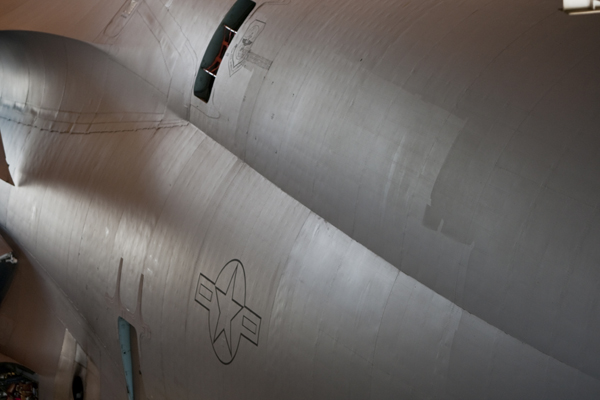
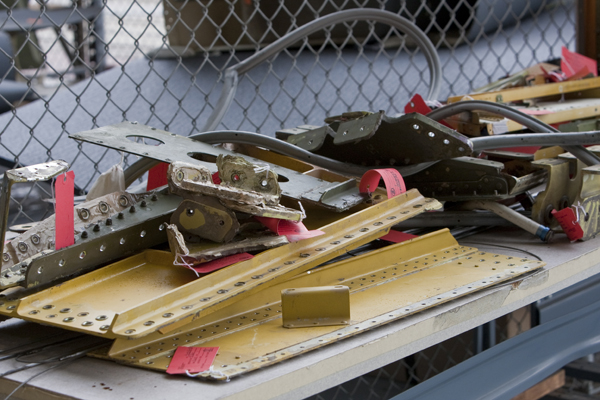
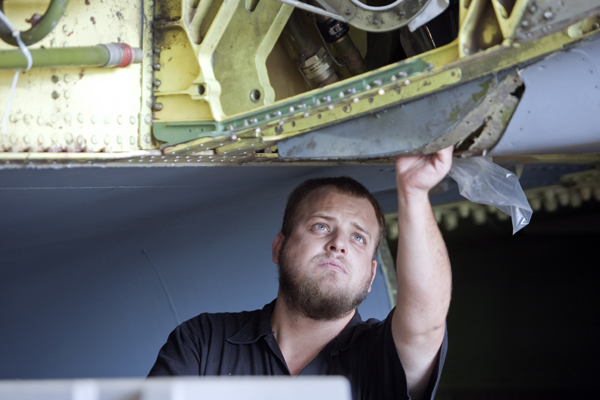
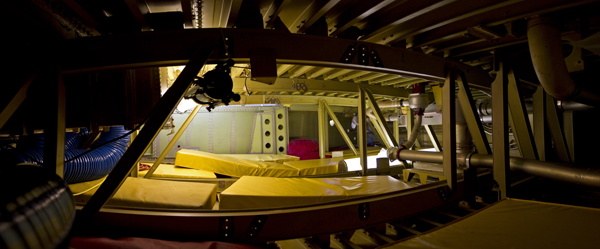
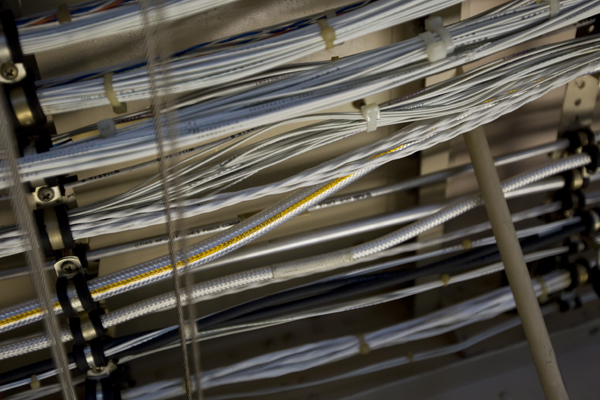
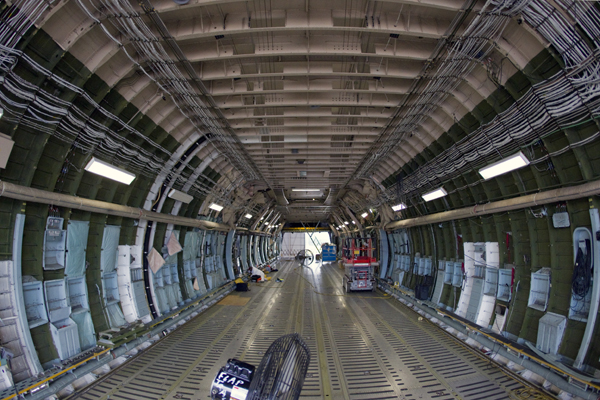
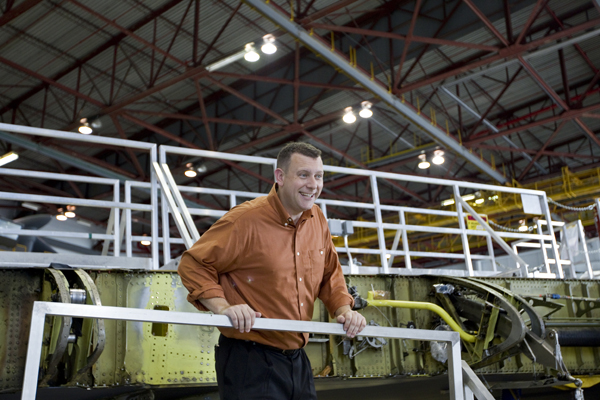
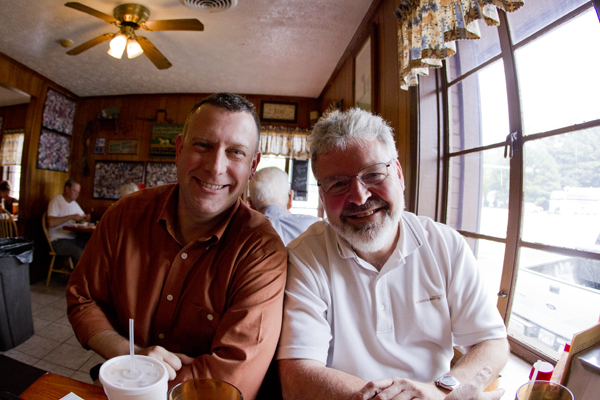
This is one of the only aircraft I haven’t jumped.
Well, what are you waiting for?
Seriously though, that would be *lots* of soldiers jumping out of the back of a C-5.
This is the best article about my old jet I have ever read. Thank you for getting the details right, and for showing Fred as gracefully as we crewdogs know it to be.
Nice work, Doctor Jones. Very.
incredible work.
BG, Melinda and Scott,
Many thanks. It was a fun project.
BG, From the looks of it, FRED will be around for many years to come.
Enjoyed the well put together article on the C-5M. I first worked on the the C-5 1970 at Edwards AFB Test Center i was part of thetest test members from Travis AF, CA. is a great airplane with a great future.
So interesting! Thanks for the pictures.
Thank you DW and Carla. Its a pretty amazing aircraft and there is no doubt of its importance and future relevance.
I am a proud member of the awesome Team that works the installation of all these wonderful upgrades. Great article! What an awesome platform for our Men and Women in Uniform. Thanks for the great article.
Thank you Reid. Much obliged.
I bet $(the price of the C5 galaxy) that a fuselage of a 787dreamliner that i have flown in would nicely fit in a C-5 galaxy and the Galaxy would fly incredibly even with the weight of the dreamliner. I think that if the floor strip of a single c-5 alone woould be put on the ground, the wright brothers’first flight would have landed on the strip. Also, a light aircraft would take off on the strip easily because of its enormous length. I cannot even believe that a nearly 400 ton Galaxy could heave itself off the ground and fly at several hundred miles an hour.
the C5 will be remembered in history as one of the greatest airplanes ever flown ! — BIGMac – 709th ALS Dover AFB DE USAFR Msg Ret.
Great article, just want to point out that above it mentions a gross weight of over 380 tons that the gear needs to support. But they meant to say 380 thousand lbs. 190 tons. So there’s more weight to play with for payload than it implies. ( Current C5 FE)
No… 380 tons is 760,000 lbs – (close to the 769,000 MTOW that was authorized back when the article was written). As a current FE, you know that we now can take off up to 420 tons or 840,000 lbs. (Current C5 FE Instructor)
Interesting. Its been a while since I made this visit. Amazing to know that MTOW has been increased.
Thanks for dropping by.
Hello Scot, how is flight deck C5M cabin noise compared to other models. I know headsets for intercom and ATC but if you take them of can you talk with other or is wind or engine noise too high?
The CF6’s are much quieter than the old TF39’s, and the interiors are refurbished after leaving Lockheed. So much better, but not quite airline levels. You can carry on a normal conversation in the troop compartment too, but headphones/earplugs are needed too.
Served my entire career in the AF on the C-5. 5 1/2 as a crew chief and 23 as a flight engineer. Miss it after being retired 13 years. Great pictures, brings back many, many memories….
I was the MAC Chief C-5 Flight Engineer from 1 March 1980 until 1 Nov 1984 and flew the C-5 from 1 Jan 1971. The only thing wrong with the C-5 was that it’s capability exceeded the mentality of the MAC Staff as a A’Model I can’t begin to appraeciate the M’Model and it’s capability. The CFM6 was on the drawing board when the decision was made to stay with the TF-39 for the B’Model, primary reason COST & Unknown result of the CFM6 performance…
Worked on the build of the first 29 C-5A’s at Lockheed Marietta plant on the final line. Memories.
I designed a lot of the new stuff they put on that bird, like the displays and some of the controls. Flew a bunch of test hours on the airplane too, making sure everything worked as it should. Too bad that now Lockheed is shutting down everything on that side of the runway, including the huge building where that photo from the tail was taken. There is a tragic lack of imagination and good sense in the management of that corporation, but a lot of good, hardworking people make things work anyway.
That is interesting information. I had not heard that Lockheed is shutting down that side of things. Kinda disappointing to hear…